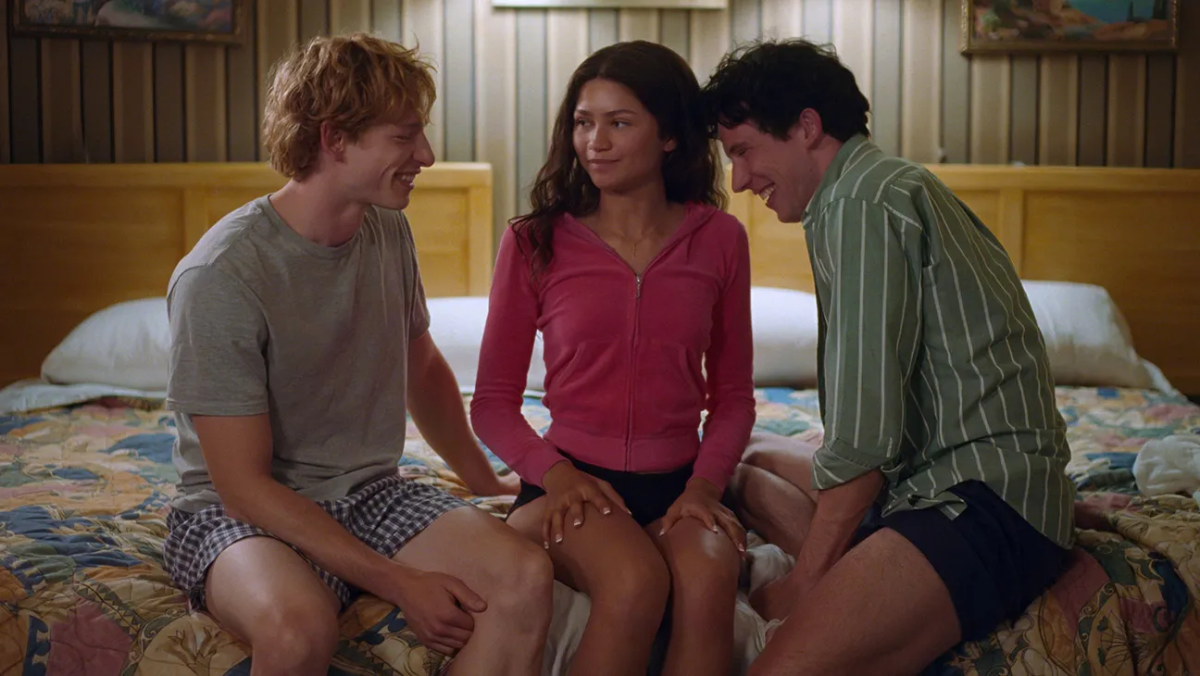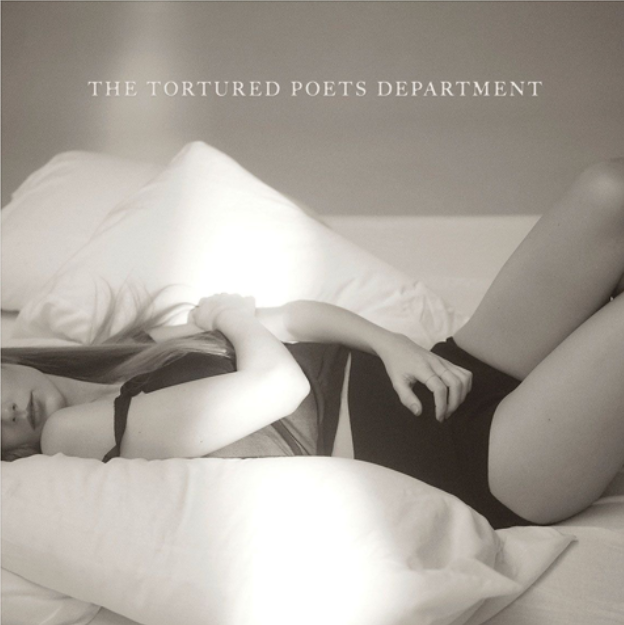David Lean started his career directing small snapshots of contemporary British life before, during and after World War II and quiet and quaint adaptations of Charles Dickens novels like Great Expectations and Noel Coward plays. However, say his name and what usually comes to mind are the lush settings, soaring musical scores and war torn melodramas that made up the second, more prolific section of his over 60-year-long career.
Coming off his biggest film up until that point, the Venice-set Katharine Hepburn vehicle Summertime, in 1955, Lean’s directorial signature underwent a dramatic and impressive shift. His next two films, the Academy Award winning films, Bridge on the River Kwai, released in 1979, and Lawrence of Arabia, released in 1962, established the troupes that would run through his final three films and brand him as the master of extravagantly mounted, quintessentially cinematic epics.
From Lawrence onwards, he collaborated with cinematographer Freddie Young, screenwriter Robert Bolt and composer Maurice Jarre to construct lush and romanticized depictions of heartache and history, visualizing for an audience the life of T.E. Lawrence and the words of Boris Pasternak’s classic Russian novel, Doctor Zhivago. These films were shot in 70 mm, capturing a wider scope of scenery in every shot and providing dazzling images to the viewer.
Clearly, Lean’s films were meant for the cinema screen.
In the films, one can see Lean’s keen eye for editing. Russian filmmaker Andrei Tarkovsky of Solyaris fame, himself a skilled filmmaker, called Lean, “a master of time,” due to his mastery of narrative flow and scene transition. In one particularly infamous sequence in Lawrence of Arabia, Lean quickly cuts from a close-up shot of Peter O’Toole, playing the titular historic figure, as he blows out a match to a wide expanse of desert as the sun rises over the sandy horizon, a blink-and-you’ll-miss-it moment of craftsmanship that reveals his comfort with the medium.
If Lawrence of Arabia is the shining gem on the crown of David Lean’s crown, Ryan’s Daughter could charitably be called his red-headed stepchild.
It has certainly been called much worse. Pauline Kael, pioneering film critic for the New Yorker, called it, “gush made respectable by millions of dollars tastefully wasted.”
Roger Ebert called it, “a disappointing failure of tone, a lush and overblown self-indulgence in which David Lean has given us a great deal less than meets the eye.”
As Ebert goes on to suggest, many of the problems plaguing Ryan’s Daughter come down to the fact that its central story-a love triangle between an Irish girl, a British soldier and the girl’s older husband (Robert Mitchum, gamely trying at an Irish accent) set in a small, coastal village-just isn’t a big enough story to support the gorgeous excess of Lean’s favored bag of techniques.
Much similar in scale to his earlier films if still bearing some of the marks of melodrama and grandeur typified by his epics, Ryan’s Daughter‘s delicate story is crushed underneath the weight of bombast and unrealistic aspirations.
And yet, this is a film that doesn’t quite deserve the ire it continues to receive or the revisionist history that tends to forget its existence in Lean’s canon.
The central performance by Sarah Miles is admirably vulnerable and human even as the green hills and crashing waves that fill the frame for the majority of the screen time dwarf her smaller performance.
Lean’s skill as an editor is also on display, augmented by Freddie Young’s reliably gorgeous cinematography.
If Ryan’s Daughter can teach us anything, beyond the dangers of over-indulgence and buying too far into one’s own hype, it’s that sometimes a director’s redheaded step child of a film can merit a second glance.
24 Frames Per Second is a bimonthly column written by arts editor Will Holston, a junior in the College of Arts and Sciences, on the art of film.







